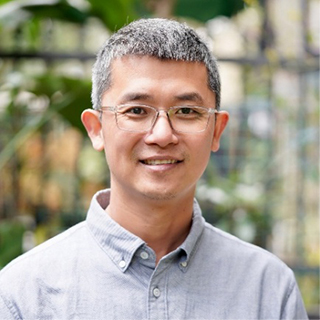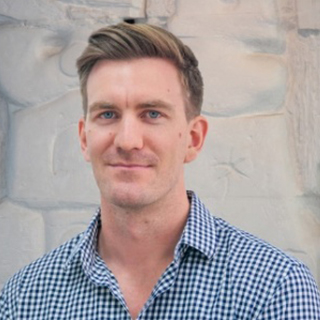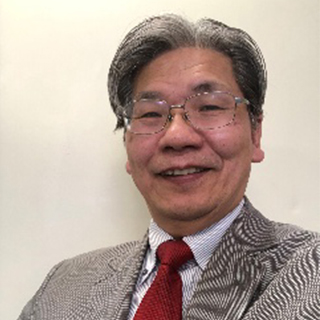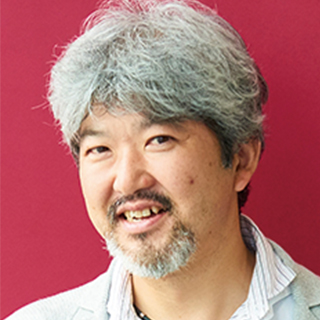
Zhe QU(Institute of Engineering Mechanics, China)
ProfileDr. Qu is a Professor at the Institute of Engineering Mechanics, China Earthquake Administration, specializing in seismic damage control for both structural and nonstructural components to mitigate earthquake-induced human, economic, and functional losses. With an extensive publication record, he has authored 146 peer-reviewed journal papers, including 71 in English, 70 in Chinese, and 5 in Japanese. His editorial contributions include serving as Guest Editor for a special issue on "Nonstructural Elements and Seismic Resilience" in Engineering Structures. Recognized for his research, Dr. Qu has received multiple academic awards such as the IABSE Outstanding Young Engineer's Contribution Award (2015), China's National Award for Science and Technology Progress (2016), the AIJ Book Award from Japan (2018), the China Earthquake Administration's Seismic Disaster Mitigation Award (2021), and most recently, the Science and Technology Progress Award from the China Association for Disaster Prevention (2023).
Presentation title: A nonstructural element simulator based on substructural shake table testing
This study presents a novel experimental method for simulating realistic boundary conditions of nonstructural components in laboratory settings. The proposed approach enables dynamic testing of various nonstructural element configurations using a passively controlled, adaptable testbed mounted on a shake table. The testbed consists of a three-story steel structure, with the bottom two floors accommodating a full-scale room and the top floor providing additional degrees of freedom to facilitate tuning of the system’s dynamic properties. A numerically generated input motion, derived via an offline control algorithm, drives the shake table to ensure that the bottom two floors replicate the target floor acceleration histories of the reference building. Over recent years, the testbed has been successfully employed to assess the seismic behavior of nonstructural elements in multiple building archetypes, including a 42-story high-rise and a base-isolated structure. Additionally, it has been utilized to evaluate the dynamic performance of curtain walls and elevators under seismic loading. Test results confirm that the Nonlinear Experimental Simulator for Tall Buildings (NEST) effectively reproduces the target floor response histories, whether subjected to recorded earthquake ground motions or artificial loading protocols for qualification testing. This method offers a reliable and versatile approach for experimentally validating the seismic resilience of nonstructural components under realistic boundary conditions.
Keywords: Shake table test, Nonstructural element, Optimal control theory, Offline iteration, Engineering demand parameter

Andrew BAIRD (Beca)
ProfileDr. Andrew Baird is the global leader of Beca’s Seismic Restraint Team. With expertise in the seismic design of non-structural elements, Andrew has dedicated his career to enhancing building resilience and advancing seismic performance standards. After earning his PhD from the University of Canterbury, Andrew has been at the forefront of improving the seismic performance of non-structural elements. He has played a pivotal role in shaping industry guidelines and contributing to publications that aim to advance best practices in this important field. Andrew is passionate about delivering efficient, practical and holistic solutions that improve non-structural design to deliver more resilient buildings for owners, occupants and the community.
Presentation title: Development of a NSE Code of Practice
Non-structural elements (NSEs) are critical to building functionality, yet their seismic performance remains poorly understood and inadequately addressed. Damage to NSEs not only pose a risk to life-safety but also can significantly impact functionality, repair costs, business continuity, and downtime. In New Zealand, the absence of minimum seismic performance standards for NSEs creates challenges across specification, construction, and procurement processes, leading to uncertainty, elevated costs, and increased risk for industry stakeholders. To address these gaps, a collaborative industry and research initiative was launched, culminating in the 2024 publication of the Code of Practice for the Seismic Performance of Non-Structural Elements (NSE CoP) by BRANZ. This document offers practical guidance on achieving minimum acceptable standards for designing, coordinating, selecting, and constructing NSEs, fostering greater industry confidence that non-structural systems will meet seismic performance expectations. Additionally, the NSE CoP provides pathways for exceeding these minimum requirements where enhanced performance is desired. This paper shares key advances in the recent developments of the NSE CoP. It also shares ongoing work in expanding the NSE CoP to include technical guidance for more NSE types, more detailed guidance for construction installations, and development of dynamic testing protocols for seismic qualification of plant and equipment in-line with New Zealand Standards.
Keywords: Non-structural element, Guidelines, Code of practice, Performance standards, Roles and responsibilities

Kunio MIZUTANI
ProfileDr. Mizutani is a professor emeritus at Tokyo Polytechnic University and specializes in architectural environmental engineering and building equipment. He is a technical fellow of SHASE (the Society of Heating, Air-Conditioning and Sanitary Engineers of Japan) and has a track record of investigating and researching the building equipment of many buildings.
In recent years, he has been involved in earthquake damage investigations of building equipment since 2007 and has conducted earthquake damage investigations of many buildings’ equipment, including the 2011 Tohoku Pacific Ocean Earthquake, the 2016 Kumamoto Earthquake, and the 2024 Noto Peninsula Earthquake.He has also conducted many shaking table experiments of building equipment using the National Research Institute for Earth Science and Disaster Resilience's full-scale earthquake testing facility (NIED E-defense).
As a recent achievement, he compiled the "Guidelines for Earthquake-Resistant Design and Construction of Building Equipment 2023 Edition" as the lead examiner and received SHASE Achievement Award in 2025.
Presentation title: Seismic damage to building equipment
In recent years, steel-framed and reinforced concrete buildings such as office buildings and hospitals in Japan have been made earthquake-resistant and renovated due to revisions to the Building Standards Act, and they no longer collapse in earthquakes of magnitude 6 or so.
However, even if an earthquake does not cause a building to collapse or suffer structural damage, there are many cases in which the functionality of buildings is impaired and they cannot be used for a long time due to damage or falling of nonstructural components such as ceilings, disruption of infrastructure, and damage to building equipment, pipes, and ducts.
Building equipment functions by connecting transportation routes such as pipes and ducts, and power and heat sources such as electricity and gas to the equipment. Therefore, in the event of a major earthquake, if even a part of the route, including infrastructure such as water and sewage, electricity, and gas, is damaged, the functionality of the entire facility system may be impaired.
In this article, I will introduce recent cases of earthquake damage to building equipment in steel-framed and reinforced concrete buildings that I was involved in investigating, categorized by type of equipment, and also introduce the results of vibration experiments conducted to reproduce earthquake damage to equipment.
Keywords: Building equipment, Earthquake damage investigation, Shaking table test, Earthquake damage reproduction

Hirokuni TSUCHIYA
ProfileHirokuni TSUCHIYA is a structural design engineer working for Nihon Sekkei Co., Ltd. He is the chief of the non-structural members subcommittee at JSCA. He was involved in writing "Non-structural members that should not be overlooked for designers" as the co-chief editor when it was published. He is a first-class structural architect.
Presentation title: JSCA's proposal to ensure the safety of non-structural components
Japan is one of the world's most earthquake-prone countries, where earthquakes occur frequently. Since the enforcement of the New Earthquake-Resistant Building Standards Act in 1981, the earthquake resistance of buildings has improved, and damage to structural components of buildings in earthquakes has decreased. On the other hand, earthquake damage to nonstructural components such as ceiling materials, exterior materials, and equipment has occurred repeatedly, and has attracted social attention.
In order to ensure the earthquake resistance of nonstructural components, technical solutions at the construction stage alone are not enough, and it is important to include in the design documents the clear required performance at the design stage. Therefore, JSCA (Japan Structural Engineers Association) has published a practical manual for designers, "Nonstructural Components that Should Not be Overlooked for Designers," incorporating lessons learned from the Great East Japan Earthquake, revisions to laws and regulations, and points to note that should be included in design documents.
With the occurrence of major earthquakes such as the Nankai Trough earthquake and the Tokyo Metropolitan Direct Earthquake expected, further safety of nonstructural components is required, and we hope that JSCA's activities will help improve the earthquake resistance of nonstructural components.
Keywords: Earthquake resistance, Nonstructural components, Required performance, Great East Japan Earthquake, "Nonstructural components that designers should not overlook", JSCA activities